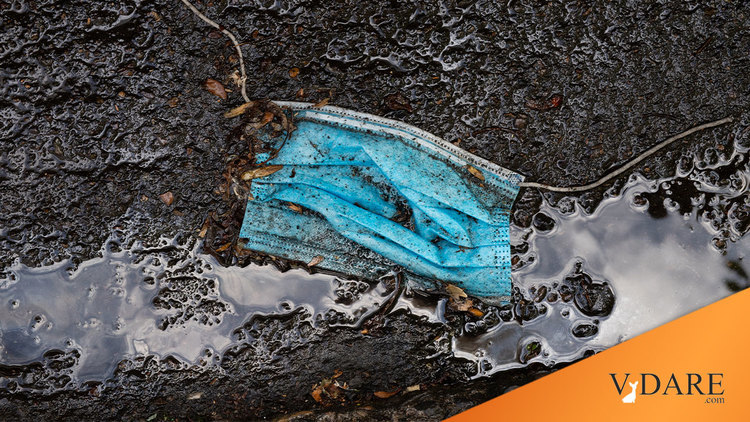
01/30/2022
The Omicron wave is dying out rapidly in the big cities where it got started in December. Rural areas will continue to have busy hospitals for a while longer. But most hospitalizations have been pretty mild and short duration.

In two weeks, new COVID cases nationally fell from 423,000 on Saturday, January 15 to 192,000 on Saturday, January 29.
Overall, we are looking at a pretty rosy picture:
Say each of the three factors reduces the risk of a really bad outcome such as ICU, ventilation, or death by 2/3rds. Multiply 1/3 times 1/3 times 1/3 and you get 1/27 or 96% less dangerous.
The most obvious worry, however, is: What if there’s a new variant that’s equally or more infectious and much more harmful? It could turn out that Omicron is the last wave ever, but something bad could also happen.
So what we should be doing is building up stockpiles so we are ready to fight back immediately in case there ever is another nightmare wave — Paxlovid antiviral pills, more monoclonal antibodies, rapid home tests, N95 masks, booster shots and so forth. Have warehouses full of them and effective plans to get them into the right hands in half a week.
One way to build stockpiles for potential problem periods in the hazy future is to not consume supplies as fast during safe periods, such as the (hopefully) upcoming post-Omicron lull. So ditch the mask mandates and the like.
Booster vaccine shots have an effective lifetime of several months, so it might not make much sense to get a booster during what (we can hope) will be the Spring Lull, only to see it wear off by the time the terrifying Omega variant is discovered in Burma or wherever in, say, July.
On the other hand, you wouldn’t want to get stuck in a three month wait for a booster shot at that point. So the country needs a plan to give out, say, 100 million booster shots in a month.
As a general rule, we need a philosophy in which we soon think of COVID as a potentially acute crisis now that could come back at some unforeseeable point in the future, requiring that we be ready to mount a rapid large-scale response, but no longer as a chronic crisis requiring constant masking and social distancing.
Spending tens of billions of dollars on stockpiles so that we are ready to move fast and vast when Wave X hits is cheap compared to spending trillions on fighting endless trench warfare against an enemy that is, for the time being at least, returning to its trenches.
This is a content archive of VDARE.com, which Letitia James forced off of the Internet using lawfare.